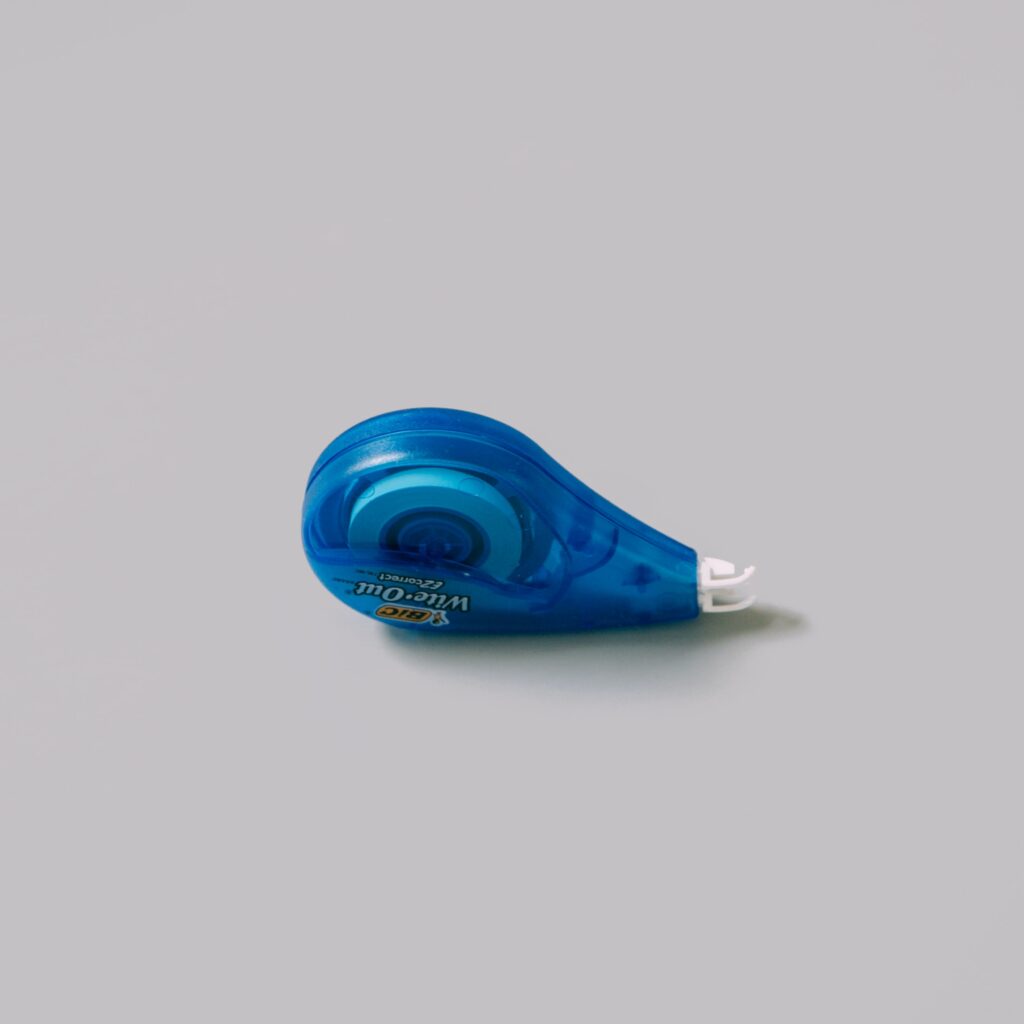
I have noticed a number of common issues with texts I’ve edited over the years. Merriam-webster.com online and my copy of The Chicago Manual of Style have been my most valuable tools to address them.
This is the first in a series of posts to address issues with my suggestions for how all writers can improve their manuscripts before turning them over to agents, editors, and the many other individuals involved in the process of turning a manuscript into a book.
#1 Inserting hyphens where they belong and removing from where they don’t
There are lots of rules for when to use a hyphen, including when two words are joined to serve as a single modifier for a noun. An example is thirteen-year-old girl. The three words that modify girl are joined by hyphens in order to clarify that none of the words alone is an adequate descriptor. The short video below illustrates why hyphens in such cases are essential to conveying the correct meaning to readers. It also points out that hyphens are not needed when the same multiple-word modifiers follow the noun they modify. Just in case it wasn’t confusing enough to begin with.
There is at least one exception—when the first word of a two-word modifier is an adverb ending in –ly. The rapidly advancing train does not need a hyphen between the rapidly and advancing before train. And this exception is likely one reason writers fail to insert hyphens in other instances of an adverb + adjective modifier.
But there is more to consider, especially when two words are used together as unique nouns or verbs. In the past, hyphens may have been used, but what once required a hyphen doesn’t always still require one. Consider that in the course of the 20th century good-by became goodbye and to-morrow became tomorrow.
Over time, concepts described using more than one word have evolved from words separated by a space into words being connected by a hyphen until eventually they are now written without a space or a hyphen. For example, the name of the great American pastime was written as two words in the nineteenth century: base ball. By the early twentieth century, it evolved into base-ball, and later in the last century, the hyphen dropped out and we have baseball.
I recommend relying on Merriam-Webster to learn when hyphens are needed. I can offer no shortcuts. There are no hard-and-fast (I had to look that one up) rules to explain how long a term must be in existence in hyphenated form before the hyphen is dropped. Since you’ll never know which words have reached that point and which have not, you just have to look them up. Or keep a list for your own reference.
When I edit someone else’s work, I remove hyphens that are not needed when I find merriam-webster.com now lists what once were two words used for a single concept to be single words. I recommend using Microsoft Word’s Find feature to locate each instance of a hyphen in order to identify words to look up. Be sure to look at the part of speech as well. Two words used as a verb may not need a hyphen, but the same two words used as an adjective may. For example, wake up as a verb does not need a hyphen, but wake-up as an adjective, such as in wake-up call, does. Don’t stop reading until you find the instance you need to confirm.

2 thoughts on “Common Issues in Manuscripts Requiring Corrections: #1 Hyphens”